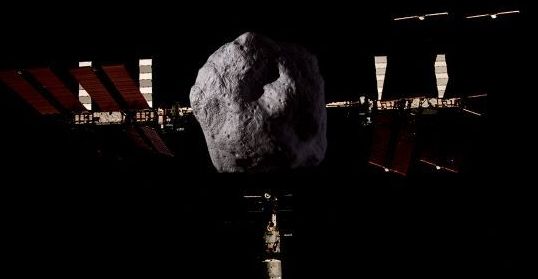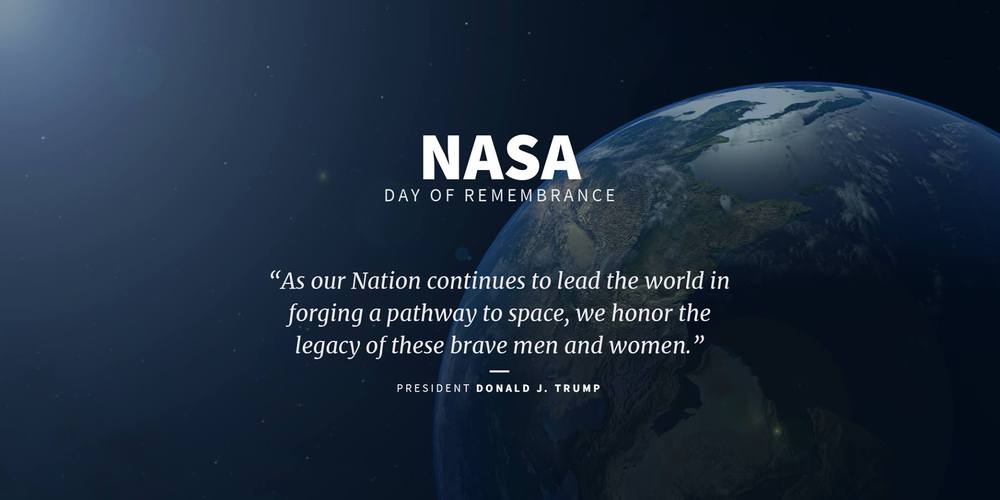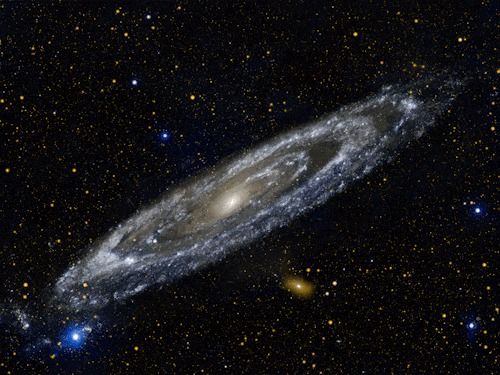Plus, it’d make a good evil lair.
Plus it’d make a good evil lair.


A material that alters it’s heat transfer ability depending on your temperature. Of course, it’s based on the amount of sweat you produce, which should be tied to your exertion level.
This would be good. Especially for space suit applications.
Material responds to moisture by becoming more porous and can dissipate infrared radiation more effectively too.
Betelgeuse is 900 times larger than our sun and astronomers think it’s about to explode. What if Earth orbited this giant monster of a star?


The loss of the courageous men and women from Apollo 1, Challenger, and Columbia was not in vain. America will lead the world into a new era of discovery.
President Trump’s full statement: http://45.wh.gov/o81S3D

Go into your backyard about 20:30 p.m. EST or thereabouts this weekend and you can see the most incredible thing – the Andromeda Galaxy – one of the farthest objects visible to the naked eye. If you know where to look. Locating the ‘other ’ major galaxy in our Local Group is an exercise in stargazing on a grand scale, and the beginning of fall is absolutely the best time to take a look at it.

In the early 1990s, I was lucky enough to get some time on a 60 MeV linear accelerator as part of an undergraduate lab course. Having had this experience, I can feel for the scientists at CERN who have had to make do with their current 13 TeV accelerator, which only manages energies some 200,000 times larger. So, I read with great interest when they announced the publication of the initial design concept for the Future Circular Collider (FCC), which promises collisions nearly an order of magnitude more energetic. The plan, which has been in the works since 2014, includes three proposals for accelerators which would succeed CERN’s current big iron, the LHC.
Want to know what’s on the horizon in high-energy physics?


How have stars and planets developed from the clouds of dust and gas that once filled the cosmos? A novel experiment at the U.S. Department of Energy’s (DOE) Princeton Plasma Physics Laboratory (PPPL) has demonstrated the validity of a widespread theory known as “magnetorotational instability,” or MRI, that seeks to explain the formation of heavenly bodies.
The theory holds that MRI allows accretion disks, clouds of dust, gas, and plasma that swirl around growing stars and planets as well as black holes, to collapse into them. According to the theory, this collapse happens because turbulent swirling plasma, technically known as “Keplerian flows,” gradually grows unstable within a disk. The instability causes angular momentum—the process that keeps orbiting planets from being drawn into the sun—to decrease in inner sections of the disk, which then fall into celestial bodies.
Unlike orbiting planets, the matter in dense and crowded accretion disks may experience forces such as friction that cause the disks to lose angular momentum and be drawn into the objects they swirl around. However, such forces cannot fully explain how quickly matter must fall into larger objects for planets and stars to form on a reasonable timescale.
